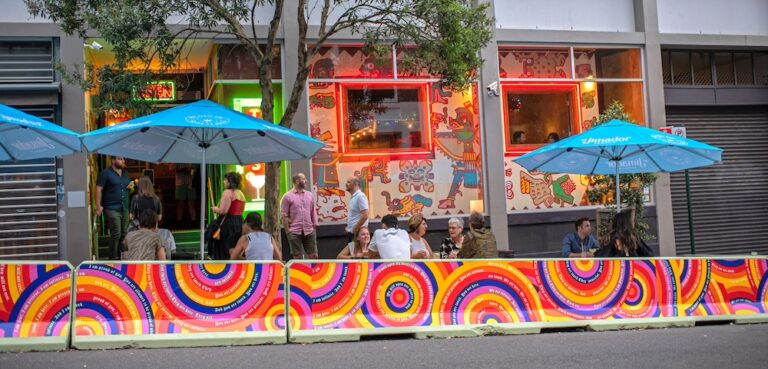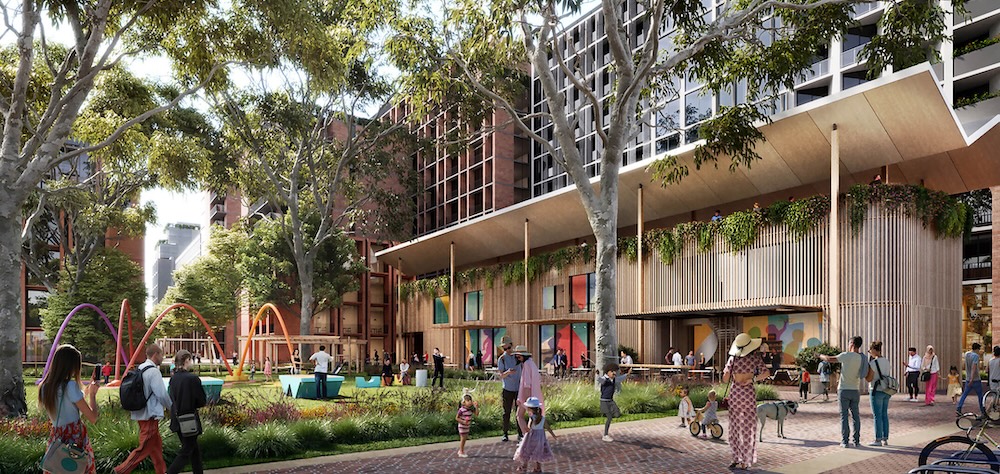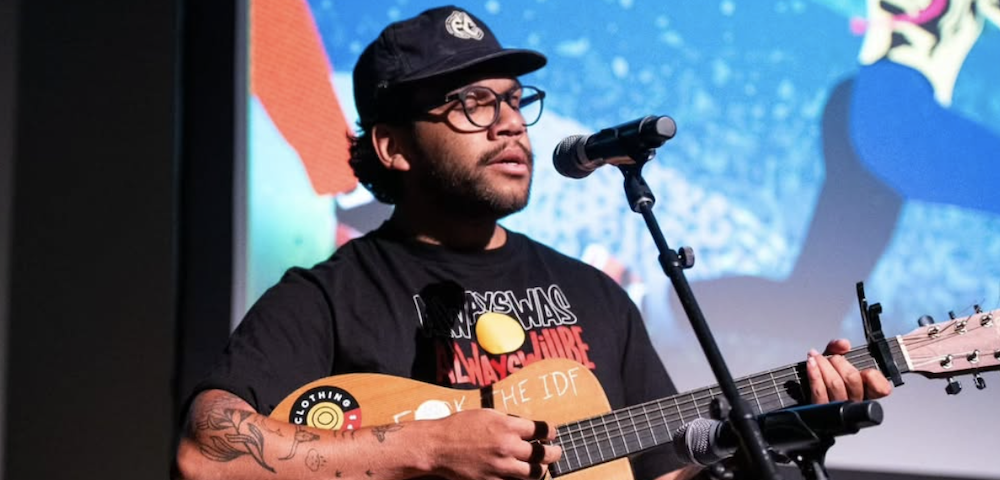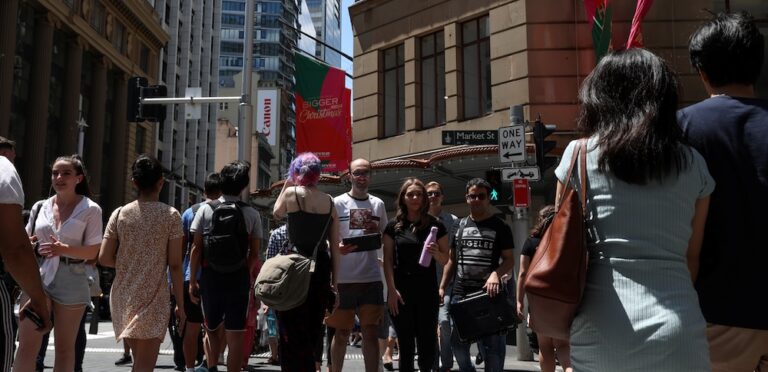
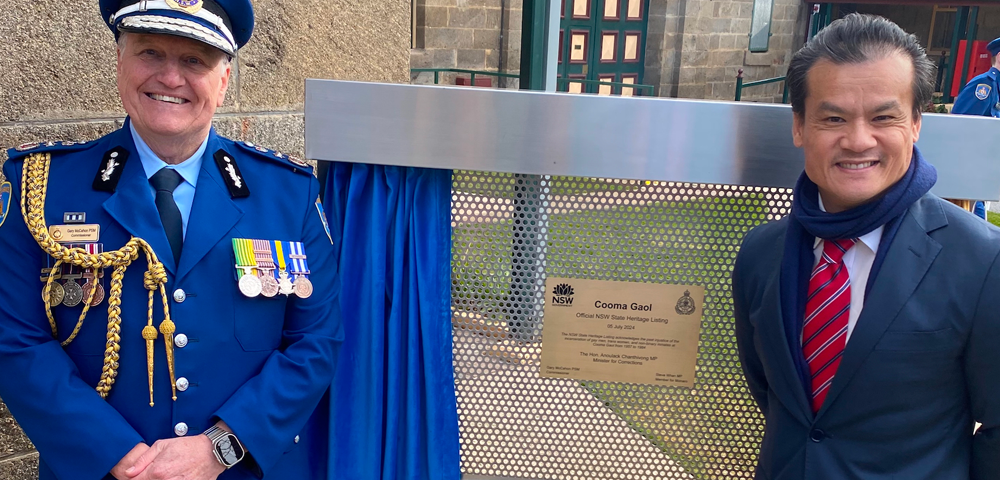
In a significant step towards acknowledging NSW’s complex and at times painful history with the building, the Cooma Correctional Centre has been officially recognised with a plaque marking its inclusion on the NSW State Heritage Register.
The plaque was unveiled during a formal ceremony at the Gaol on Thursday led by Minister for Corrections Anoulack Chanthivong after it was formally recognised with its listing on the NSW State Heritage Register in March this year.
The heritage listing is not merely a recognition of the building’s age or architecture, it is a solemn acknowledgment of its role in the systemic discrimination faced by LGBTQIA+ people in New South Wales.
Between 1957 and 1984, Cooma Gaol was used to incarcerate individuals on the basis of their gender identity or sexual orientation.
It became a central facility for imprisoning gay men, transwomen, and non-binary people under laws that criminalised homosexuality until it was decriminalised in NSW in 1984.
It is the only known instance worldwide of a prison dedicated entirely to LGBTQIA+ people who were victims of historical homosexuality laws.
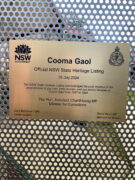
Cooma Gaol: The importance of remembering this history
Minister Chanthivong was clear in his remarks about the significance of this moment for Cooma Gaol.
“The inclusion of Cooma Gaol on the State Heritage Register is important because it acknowledges and preserves the history of those who were unjustly treated, for generations to come.”
“On behalf of the Minns Government I reiterate our apology to those who were incarcerated unjustly due to discriminatory laws for homosexual acts,” he said.
He went on to highlight the importance of remembering this history.
“I am pleased to see Cooma Correctional Centre acknowledged by the NSW State Heritage Register for the unique and challenging role it played in our state’s history. In the interests of not ignoring history lest we be doomed to repeat it, let us also be clear that the history of Cooma Gaol should serve as a stark warning of the perils of discrimination.”

Local MP Steve Whan, Member for Monaro, also addressed the gathering, balancing the Gaol’s historical burden with its longstanding place in the community.
“Despite its challenging history, Cooma Gaol has been a prominent landmark for the Cooma township for generations, serving as a visible reminder of our heritage as one of the state’s original prison towns,” he said.
“I welcome the Cooma Gaol State Heritage listing as an important recognition of the Gaol’s historical significance, while noting that the current Cooma Correctional Centre will continue to operate as a modern correctional facility for the broader Cooma community.”
Corrective Services NSW Commissioner Gary McCahon PSM described the moment as “momentous,” while reflecting on the facility’s history.
“It’s a prison with a varied and at times dark past that must be protected for future generations. It is both distressing – and perhaps almost unbelievable – that such archaic attitudes could have existed as recently as 1984, when homosexuality was decriminalised in NSW,” he said. “Discrimination and the persecution of others for their sexuality, race, religion or any other quality, has no place in society today.”
Cooma Gaol historian and journalist Patrick Abboud emphasised the emotional weight the site still carries.
“The practices that led to inmates being incarcerated at Cooma Gaol, and the treatment they received while they were there, had lifelong impacts for all of those involved,” he said.
“Along with the Minns Government’s formal apology for the criminalisation of homosexual acts, the NSW State Heritage acknowledgement of Cooma Gaol as a place of incarceration for gay men, transwomen, and non-binary people is a step toward healing for those former inmates still living with past traumas, and the redemption of the memory of those we have lost.”
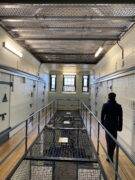
The story originally appeared on the Star Observer.


